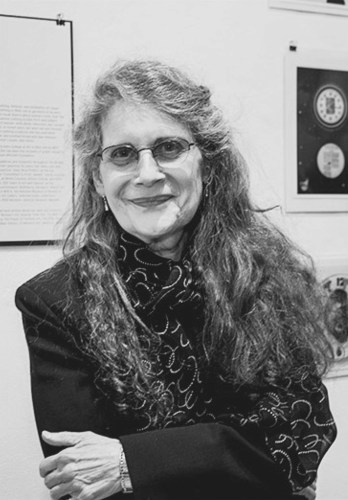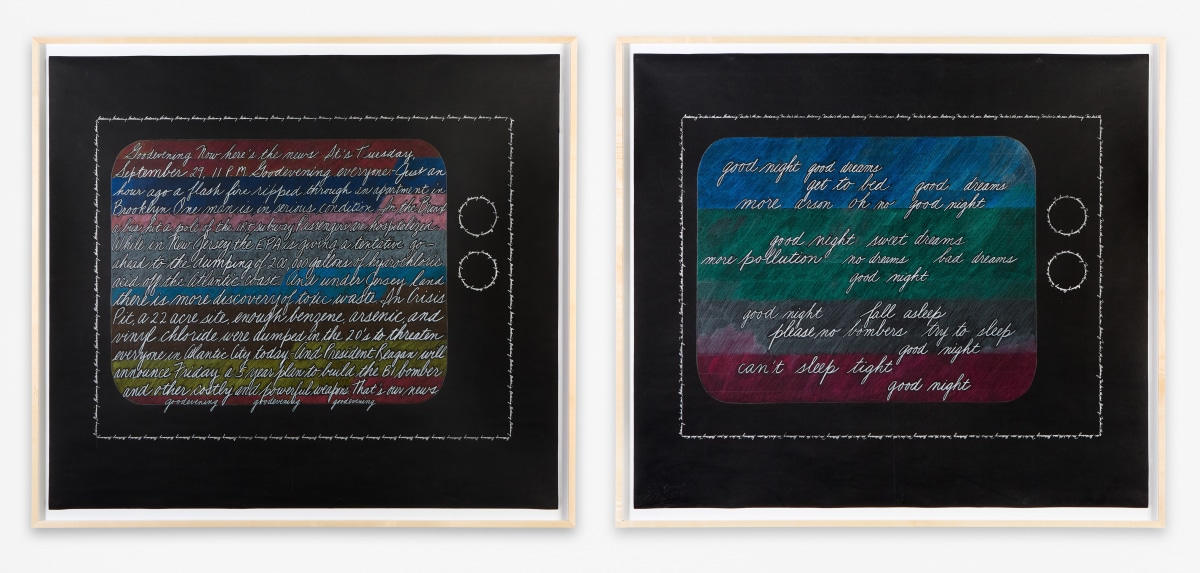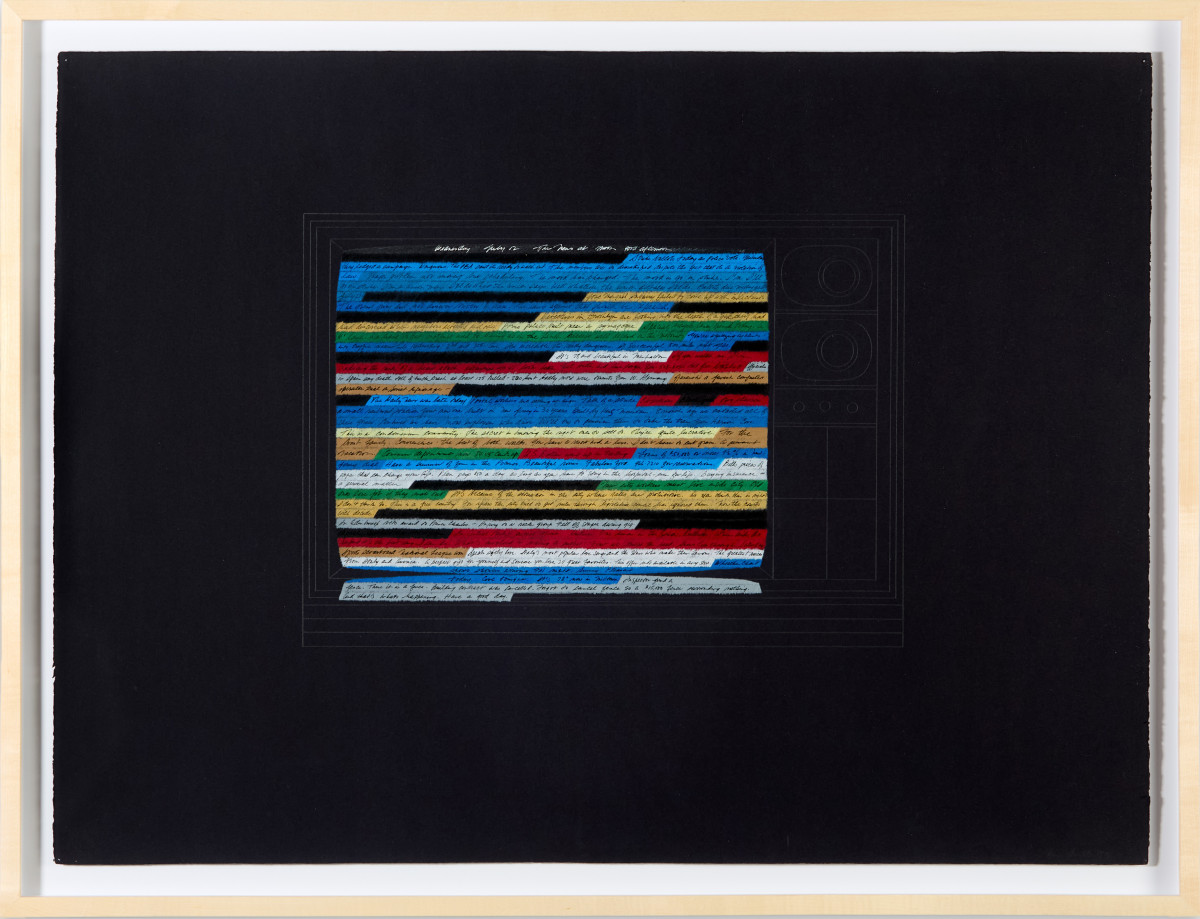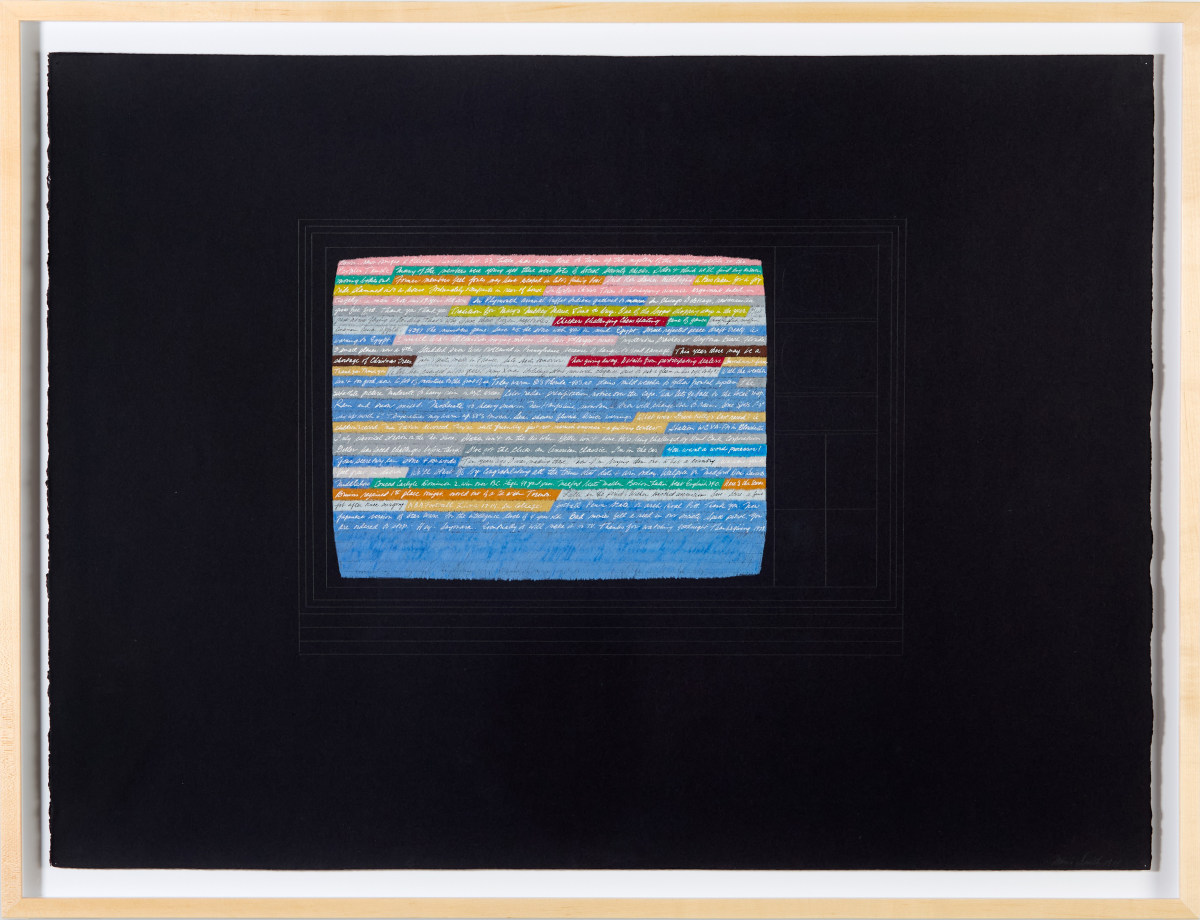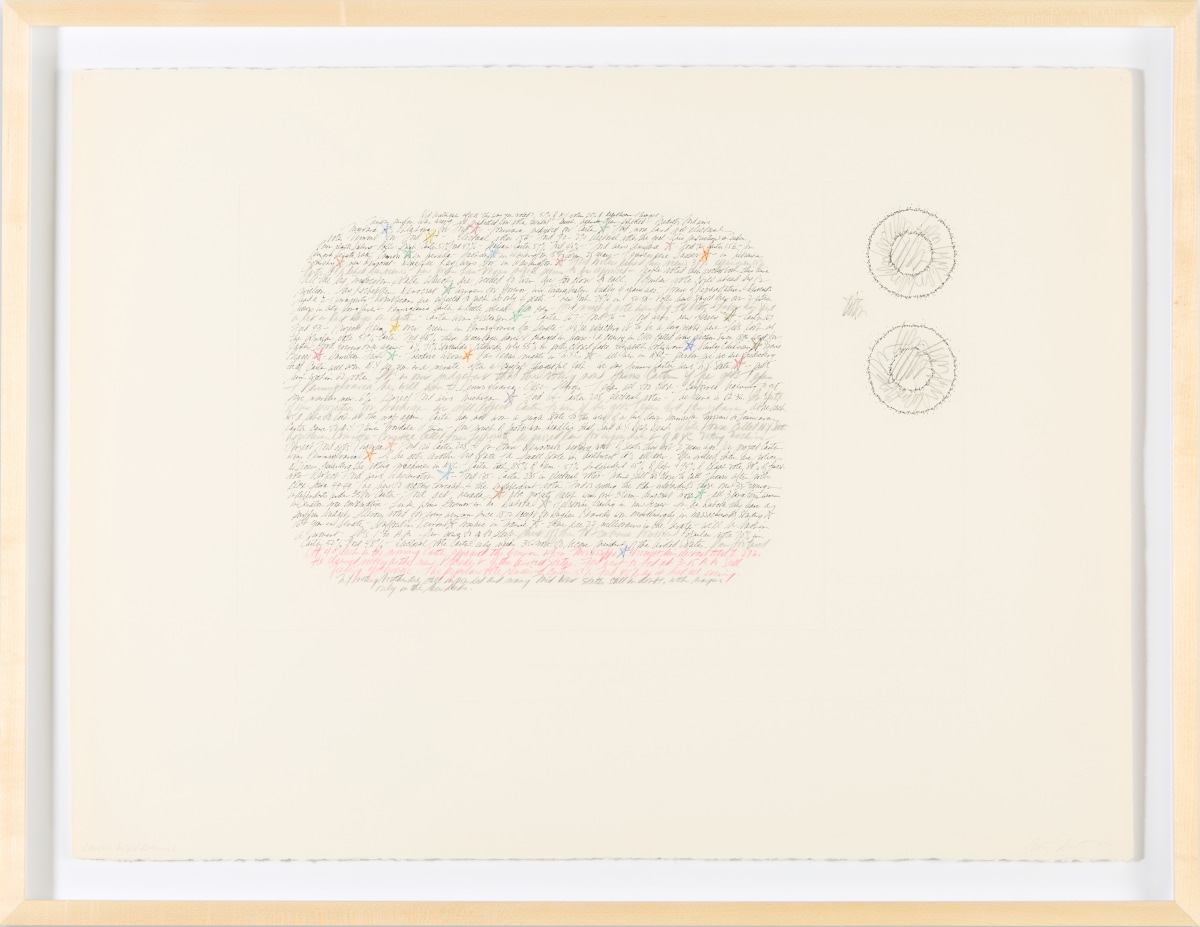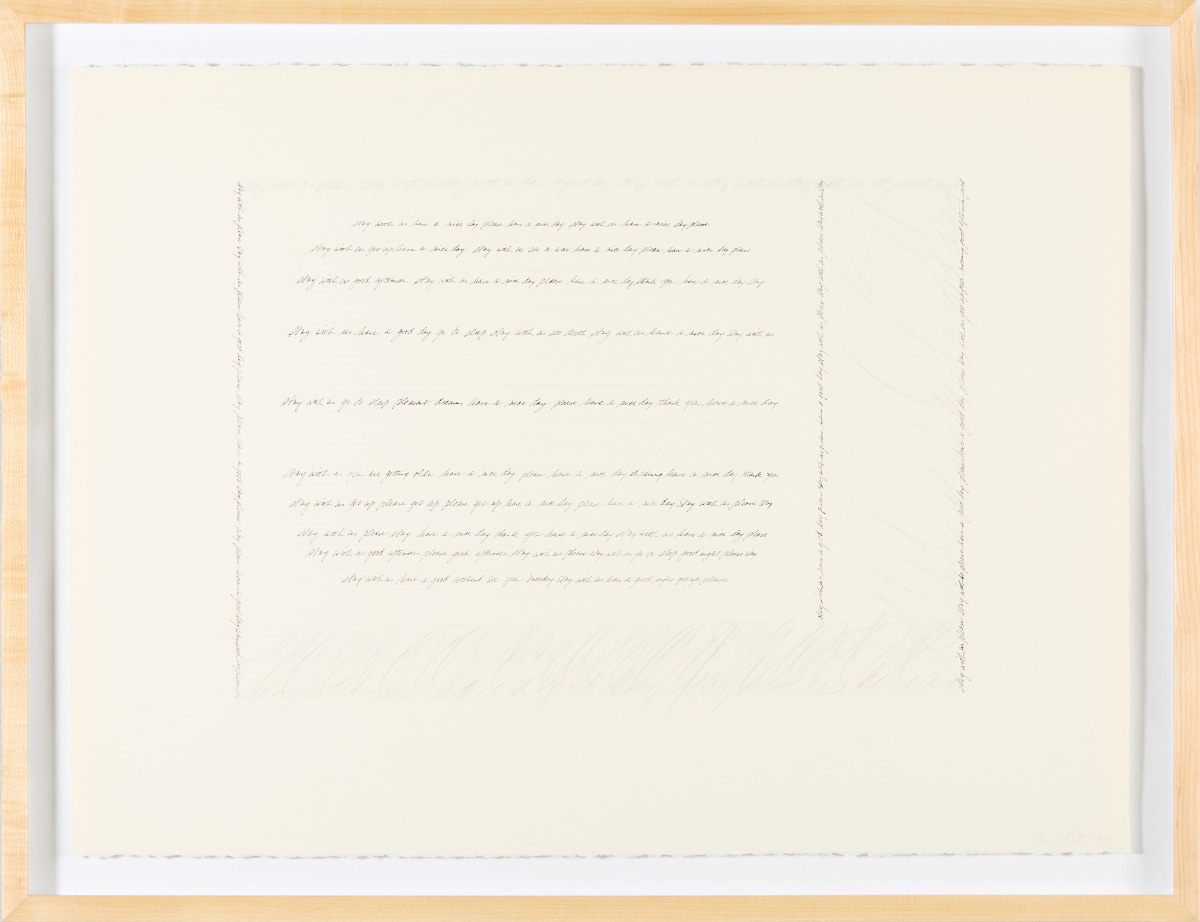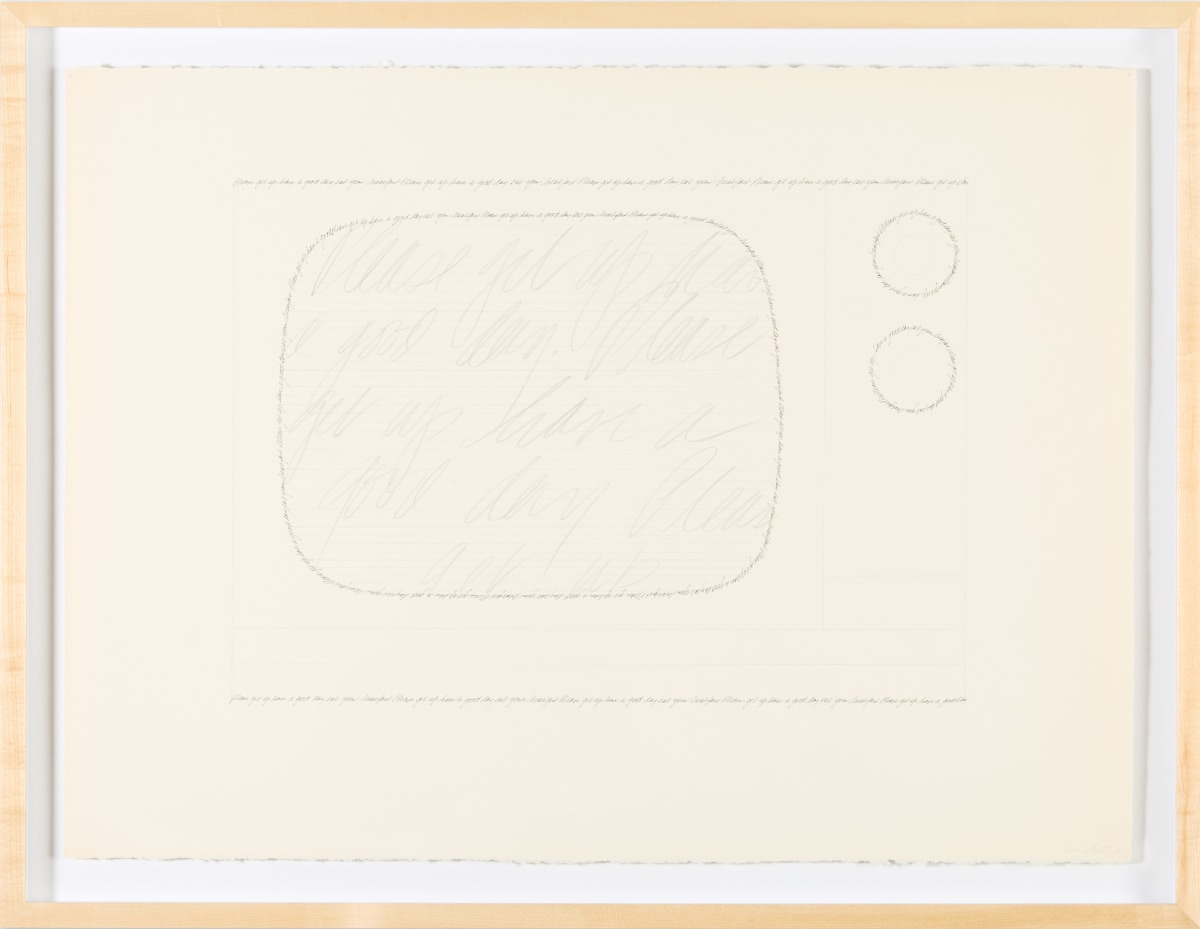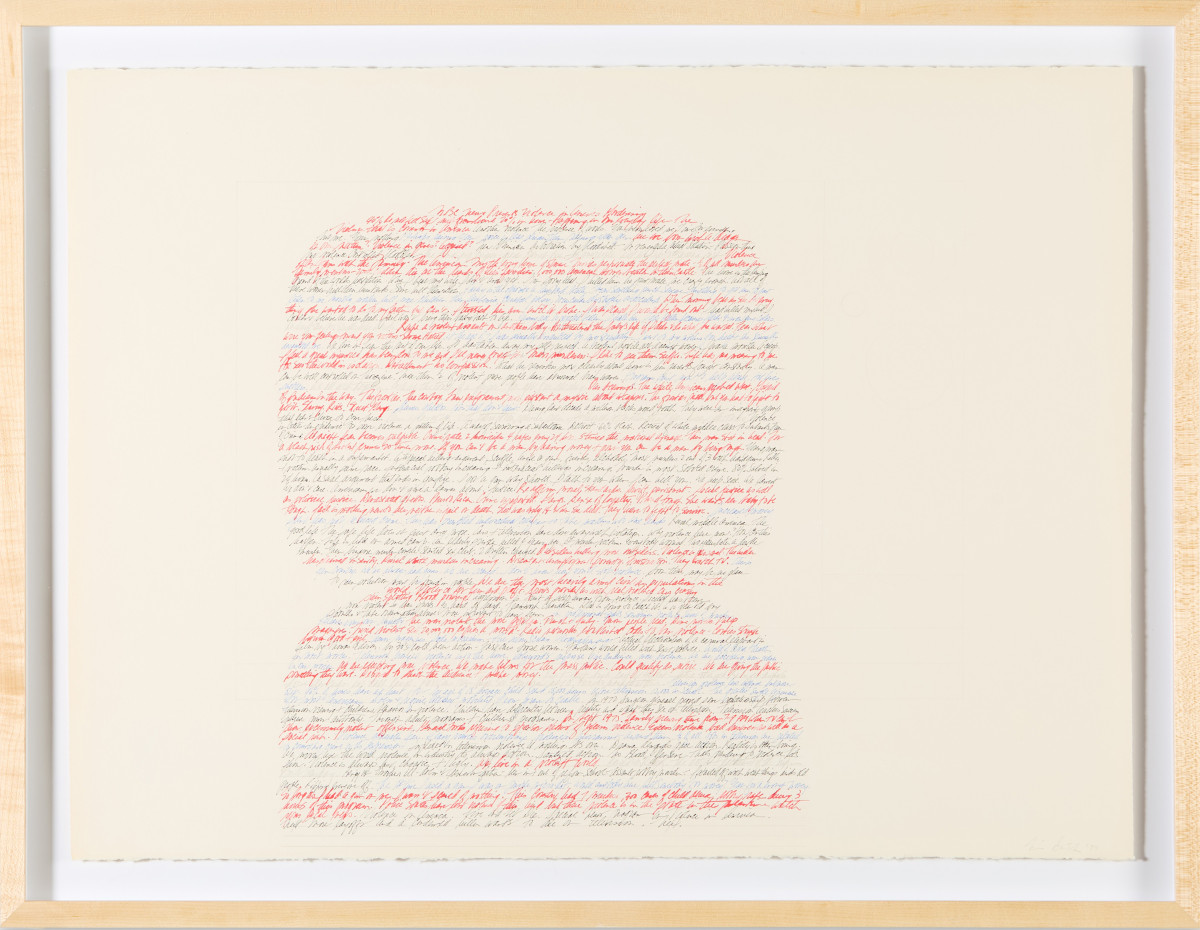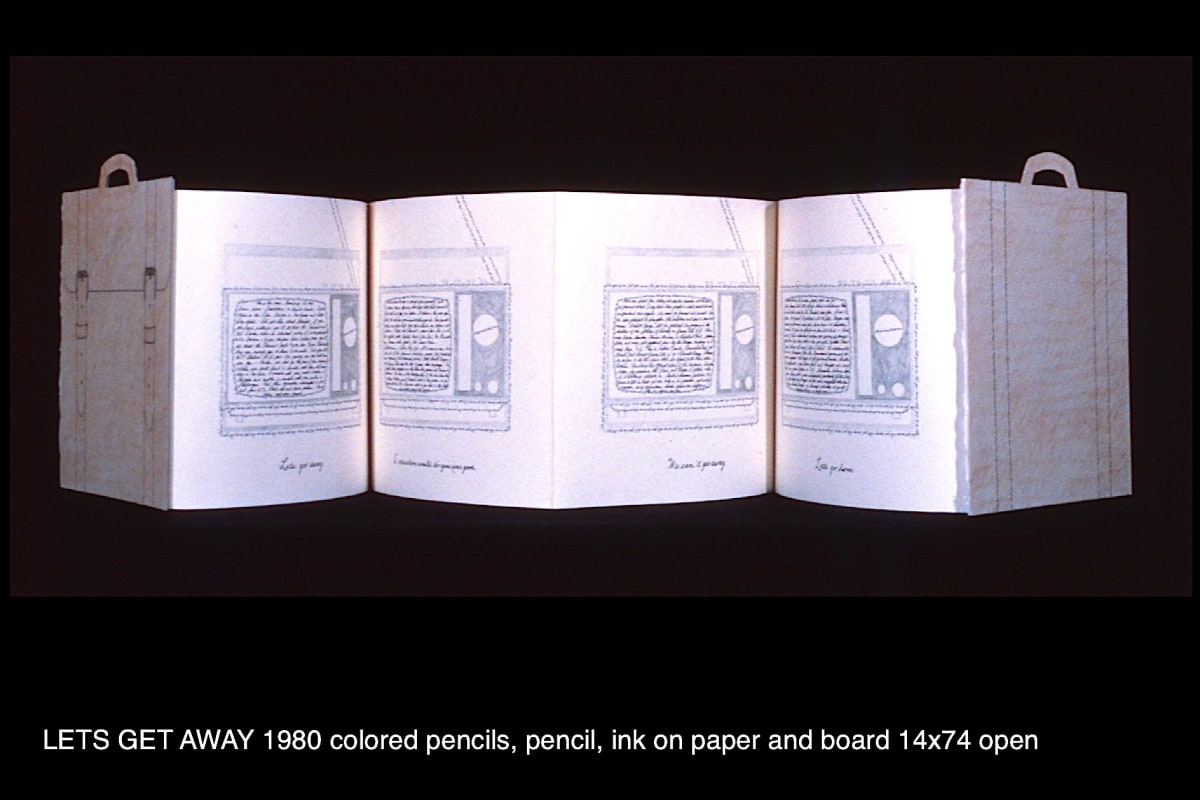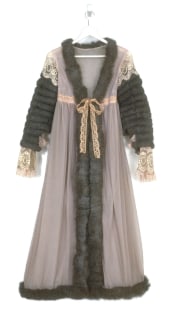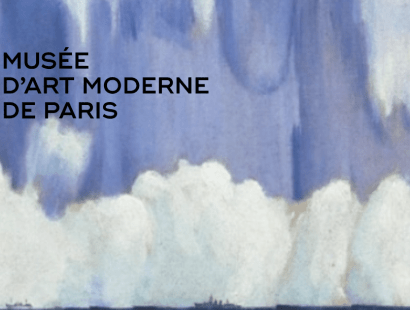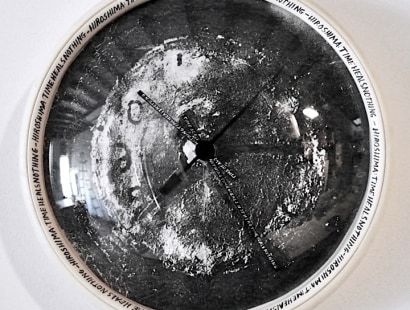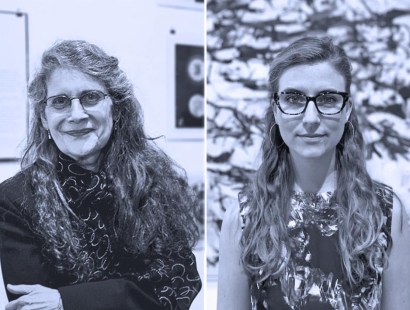Mimi Smith (b. 1942, Brookline, MA) is an American visual artist. Smith received her BFA from Massachusetts College of Art in 1963 and her MFA from Rutgers University in 1966. Smith is a pioneer in early feminist and conceptual art focusing on clothing sculptures, drawings, paintings, installations, performances, and objects. Smith's interventions reinterpret domestic and quotidian objects to engage social commentaries rooted in relatable everyday experiences. Smith lives and works in New York City.
Smith’s work has been exhibited extensively throughout the United States and internationally, including the seminal exhibition WACK! Art and the Feminist Revolution (2007) at MOCA, Los Angeles, CA and PS1 Queens, NY, curated by Connie Butler. Additional exhibits include a retrospective, Steel Wool Politics, ICA Philadelphia, PA; a survey show at Ramapo College, NJ; Lines of Resolustion: Drawing at the Advent of Televison and Video, Menil Drawing Institute, Houston TX; Televsion Drawings, Art Center Waco, TX; Building Blocks, RISD Museum, Providence, RI; Artwear, Fine Arts Museums of San Francisco, CA; Addressing the Century, 100 Years of Art and Fashion, Haywood Gallery, London; Committed to Print, MoMA, NYC; and solo shows at Luis De Jesus Los Angeles and Anna Kustera Gallery, NYC; among others. Public collections include the Baltimore Museum of Art, MD; The Menil Collection, Houston, TX: Museum of Modern Art, NY; The Getty, Los Angeles, CA; Walker Art Center, Minneapolis, MN; Spencer Museum of Art, Lawrence, KS; Fogg Art Museum, Harvard Art Museums, Cambridge, MA; Arkansas Museum of Fine Arts, Little Rock, AR; The Museum of Art, Rhode Island School of Design, Providence, RI; The Institute of Contemporary Art, Tokyo, JP; and Espace muséal D'Andenne, Namurs, BE, among others. She has been the recipient of grants from the National Endowment of the Arts, the New York Foundation on the Arts and the Joan Mitchell Foundation. Among the many publications that have written about her work are Artforum, Art in America, Art News, Frieze, and Time Out magazines, as well as The New York Times and Dallas Morning News.
Artwork
Clothing sculptures
During her graduate studies at Rutgers, Mimi Smith began making sculpture that utilized clothing as both content and form. Smith’s early works were prescient of feminist and clothing art and predicted the feminist artists fascination with clothing as an extension of the body. [1] Using the autobiographical as a point of departure, her work often parallels everyday moments. [2] In 1965, she produced Recycle Coat, Model Dress and Bikini. These works were made of plastic, an important material for Smith. In 1966, she produced a room- size installation called The Wedding for her thesis show at Rutgers University. Designed as a plastic box that viewers were not permitted to enter, it contained a plastic wedding gown with a thirty-foot train. Within the next year she was to create her signature piece Steel Wool Peignoir. [3] About the piece Smith said, “Growing up in the 1950s, I associated peignoirs [with] storybook romance... steel wool, however, was the stuff of everyday life... I felt that [the materials] combined the reality of my life with the romance of what I thought it would be”. [4] That same year she made Maternity Dress and Girdle. These pieces were also prescient in their acknowledgment that fashion is part of what helps to construct women’s individual and social identities. [5] In 1968 Smith made a conceptual piece about her own pregnancy that played on the idea of knitting baby clothes. Knit Baby was conceived as a knit-your-own-baby kit, with instructions to enable any woman, or man, to knit themselves a baby. [6]
Knotted thread and tape measure drawings
Smith moved with her husband and two children from New York City to Cleveland, Ohio in the early 1970s. During this time, Smith created a series of wall drawings that replicated furniture, architectural features, and rooms in her home using knotted thread and tape measures to mark their precise dimensions. [6] With this series, Smith used the fundamental parameters of conceptual art to tell her own story. When exhibited, the individual works are arranged on gallery walls in a ghostly reproduction of the domestic sphere. In a review of Smith’s solo show at Kustera Tilton Gallery in 1999, art critic Roberta Smith wrote “These wall drawings combine elements of high conceptualism with instant accessibility and a feminist viewpoint”.
Installation art and artist books
Smith and her family moved back to New York City in the mid 1970s. At this time, Smith’s work began to focus on installations and drawings about television news, the environment and nuclear threat. Installations ranged in size and included individual drawings hung directly on the wall to ten-foot tall paper houses suspended from the ceiling. These works often included audio of the artist reciting the daily news accompanied by her own phrases. [3] [6] Simultaneously, she began making artists books and in 1983 she published This is a Test with Visual Studies Workshop. This is a Test was produced in an edition of 700 and deals with nuclear disaster told through television news. [8]
Recent clothes and drawings
From the 1990s to the present, Smith has returned to clothing sculpture [9] [10] producing pieces that comment on the lives of women in the workplace and the military (Slave Ready Corporate, 1993, To Die For, 1991, and Camouflage Maternity Dress, 2004) as well as illness, the environment and aging (Protectors Against Illness, and Coverings for an Environmental Catastrophe). Continuing with her drawing practice, Smith’s ongoing series, Timelines [3] tracks the aging process of a woman through her clothes. Consisting of individual drawings displayed in a line, each Timeline depicts a specific article of clothing viewed from birth to seventy-nine, the average life expectancy of a woman.


